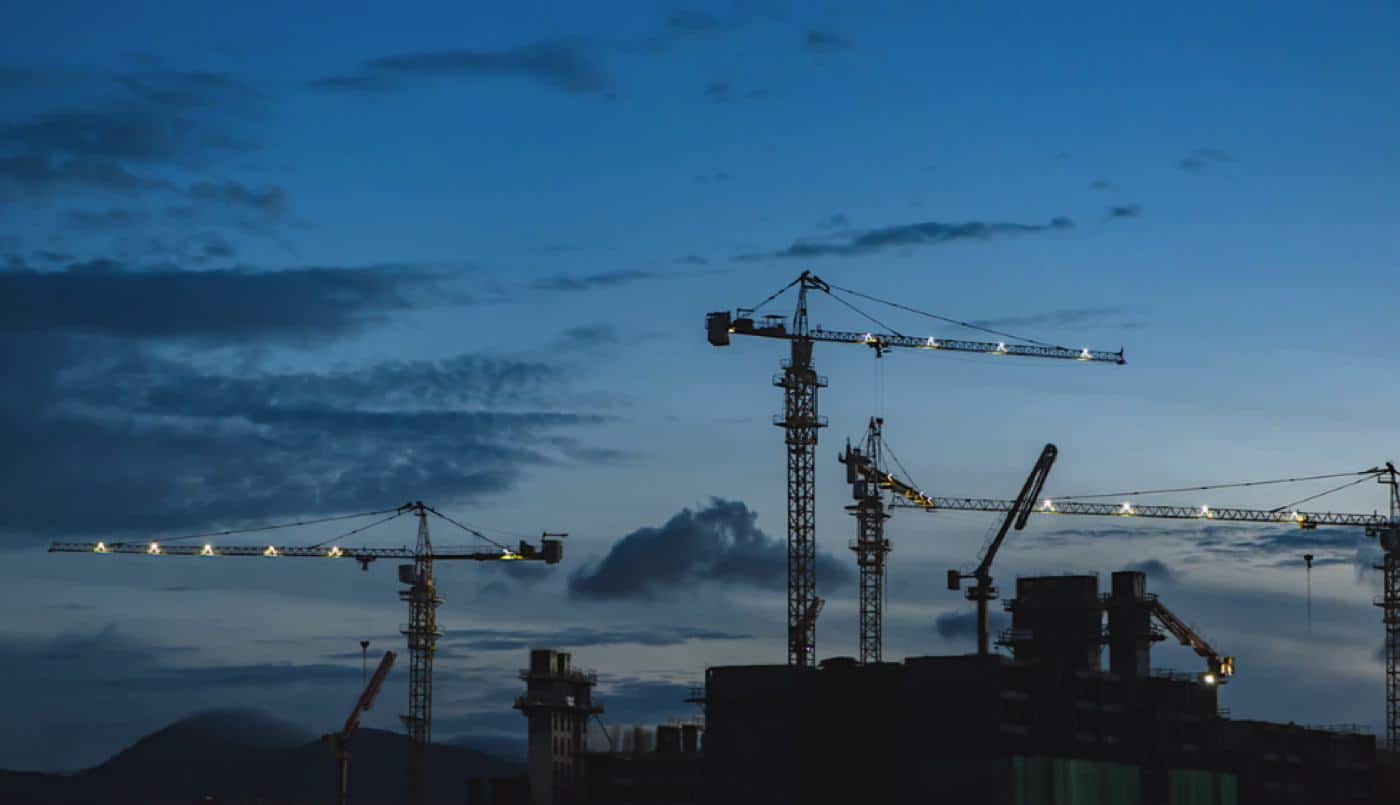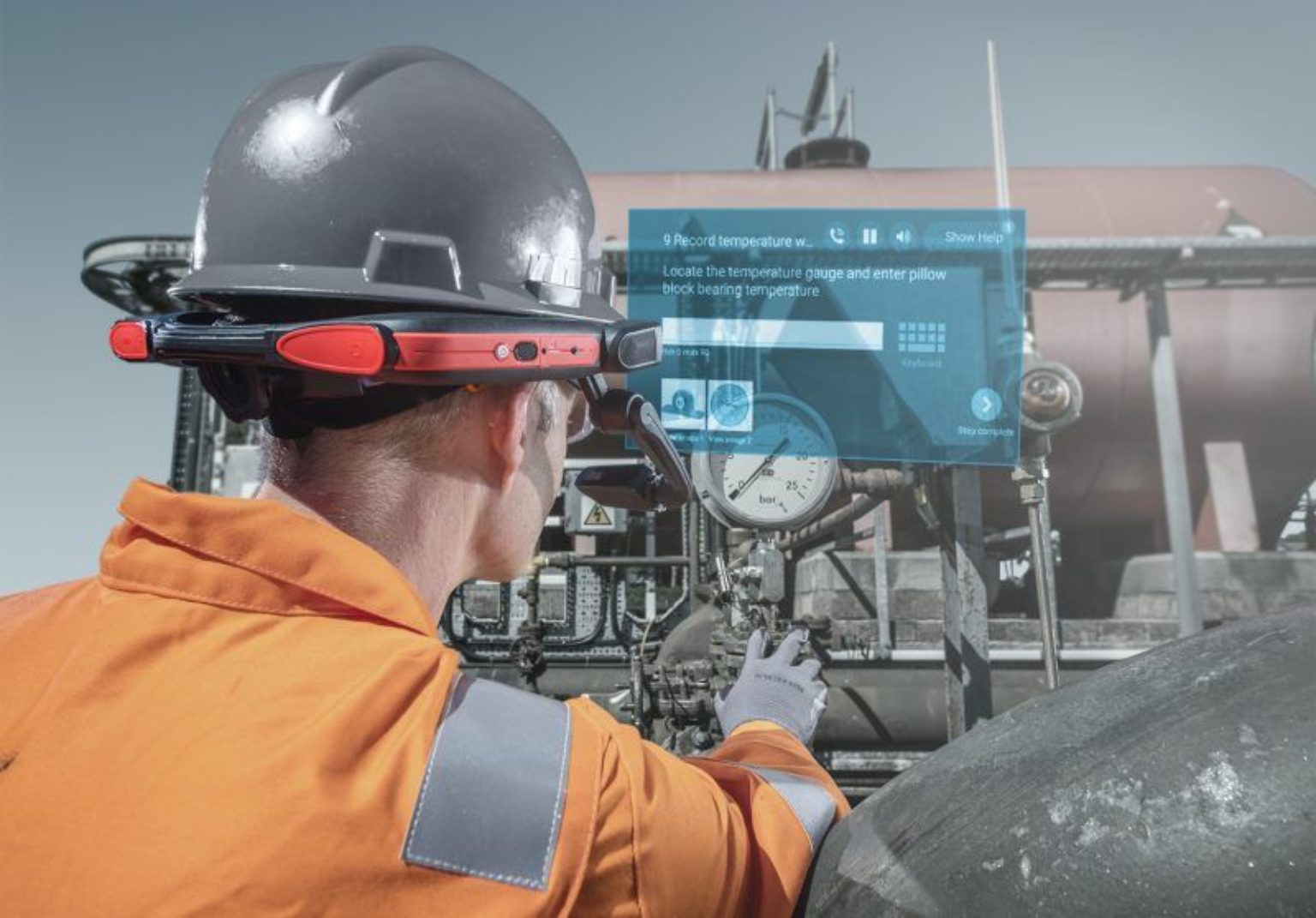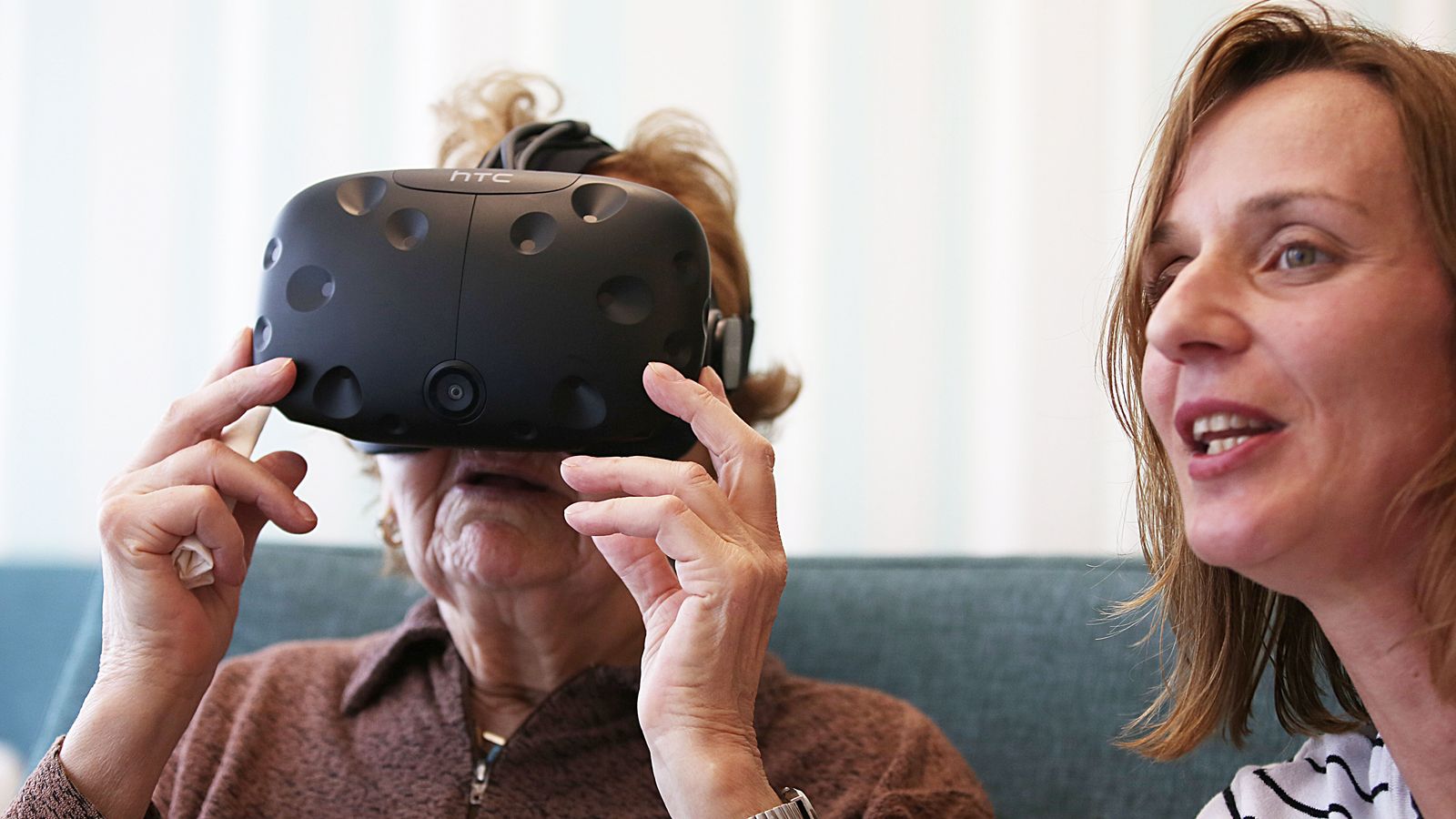Virtual reality in engineering and construction provides many great opportunities for greater efficiency and safety.
Virtual reality is revolutionizing many industries, including construction. VR in construction has enhanced a number of processes, most notably walkthroughs.
In this article, we’ll take a look at a few of the virtual reality tools shaping the future of construction and engineering.
Project Modelling
VR in construction allows professionals to take models from 2D drawings like the one above to fully-immersive worlds.
One of the most impressive uses of virtual reality in engineering is the technology that permits designers to model even complex physical spaces so they can be analyzed from anywhere.
There are many pieces of software that architects can use to achieve this, including programs that transform Revit models into immersive VR worlds.
Companies are using this software collaboratively to conduct team walkthroughs of designs before ground even breaks. This allows for a level of detail and analysis of engineering that isn’t always possible with drawings and 3D renderings viewed in non-VR formats.
5G & Cloud VR
With the increasing availability and affordability of VR devices, professional users are demanding improved access to their files from anywhere in the world.
Unlike text documents and photos, however, VR files — particularly those that capture renders of engineering marvels — can be cumbersome to deal with in the cloud.
Things are rapidly changing, however, and the development of the 5G mobile network, in particular, will make remotely accessing large-scale VR renders more convenient with lower latency, shorter download/upload times, and greater flexibility.
Equipment Simulations
Technological advancements of VR in construction have made possible the creation of realistic simulators used to train workers on heavy equipment functionality and safety.
To be clear, equipment training simulators have existed for some time now but enhancing them with VR provides a number of benefits that experts believe makes for more efficient training.
Jim Colvin, who is the CEO of a company called Serious Labs, points in particular to the combination of D-Box actuators with VR. This, he says, helps VR simulations trigger fight or flight mechanisms that will help trainees understand both the physical and visual sensations associated with mishaps like bumping equipment into objects.
LIDAR + VR in Construction
Virtual reality tools and those of the augmented reality-variety often get confused. While they are different, many brilliant minds are combining these two pieces of technology with great success.
For example, augmented reality allows professionals to scan a room with lasers (also known as LIDAR) and then convert that data into a virtual reality model.
Advances in this technology have made it substantially more convenient for certain applications than mapping spaces by hand within the software.
VR in Engineering with HoloLenses
HoloLens technology can help professionals transition from constantly referring to paper drawings to seeing guidelines superimposed on the environment they’re actually working in.
When many people think of VR, they think of an entirely immersive experience that cuts them off from the outside world.
While this is certainly possible with VR in engineering (and advantageous for some situations, like viewing project renders) there are also some virtual reality technologies that maintain a connection with the outside world, to great effect.
For example, Microsoft has pioneered HoloLens technology that consists of translucent goggles which can help engineers visualize the placement of structural components like rebar together.
Instead of periodically referencing drawings to stay on track, professionals can view visual cues in real-time with their own eyes, making for much greater efficiency.
Remote Technology + VR in Construction
The aforementioned examples of virtual reality tools in construction allow users to interact with models resembling real-world structures and equipment.
New developments in VR technology, however, are making it possible for workers to enter a virtual reality world and control or observe an actual object.
This combines remote technology, camera technology, and virtual reality to provide a number of incredible benefits.
For one, imagine a technician requires another expert’s insight on a maintenance situation. Instead of describing the problem over the phone, which may be too complex to do accurately, the technician can invite the expert to put on a VR headset and instantly place themselves on the job site, where they can provide better insights.
Another scenario where remote technology and VR in construction are providing tremendous benefit concerns the completion of risky work.
For example, technicians can achieve all the benefits of being on the job site (seeing things up close and from multiple angles, etc) while actually working from a VR headset in a safe location and controlling a robot that is at the scene.
Virtual Reality in Engineering and Construction: Conclusion
As you can see above, virtual reality in engineering and construction provides many great opportunities for greater efficiency and safety. Central to the progress of these technologies are those (like 5G) that will make them easier to access from anywhere, with low latency.
As VR technology progresses, it will undoubtedly play a more central role in all aspects of life. Much like the same computer screens, construction professionals rely on today for work and play, eventually VR will become just as readily, cheaply, and easily available. It will be second nature — very fitting given its name — soon.
Quelle:
https://knowtechie.com/6-monumental-and-revolutionary-vr-construction-tools/




